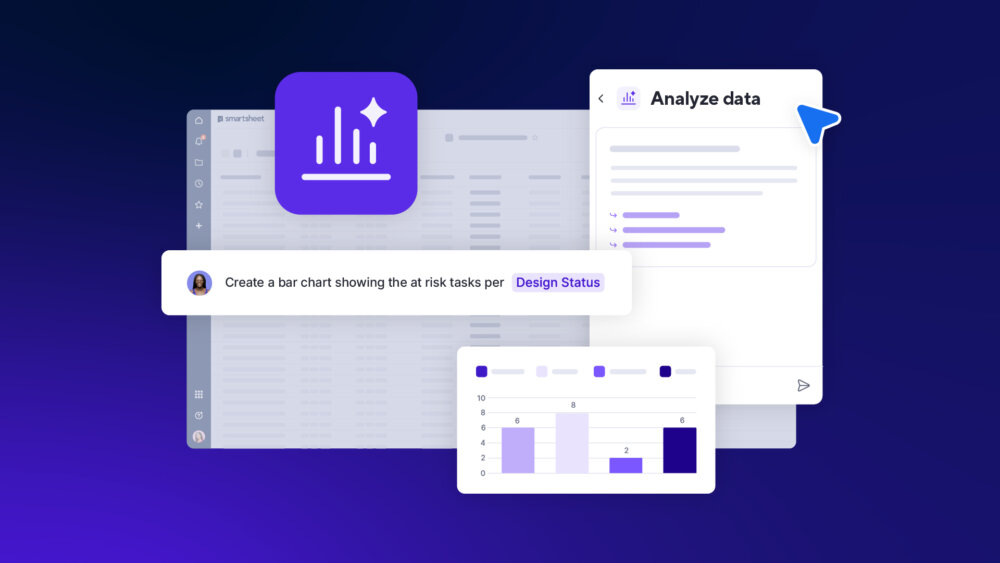
With AR Genie and augmented reality, what you see is what you fix
When machines break it’s not always obvious why. Even if you know what’s broken, the battle has just begun: you must also know the steps necessary to fix the problem. The bigger and more complex the machine, the worse. Figuring out how to replace a toner is not comparable to replacing the coil on a claw machine (which are kind of rigged by the way).
But what if you could look at a machine with a pair of augmented reality glasses that superimposed step-by-step instructions on how to fix it? Even better, what if that could be done while in contact with customer support, creating a feedback loop that both the customer and the agent could see with their own eyes in real time?
In a nutshell, that’s what AR Genie is proposing to do. The company’s software caters to businesses where speed of repair is critical; where every ticking second means dollars trickling down the drain. We had the chance to meet AR Genie’s CEO at CES – our conversation is below, edited for clarity.
Could you please start by introducing yourself and the company?
My name is Tarun Mehta and I’m the CEO of AR Genie. We are building solutions with augmented reality and AI that fix problems with operations, maintenance and support.
Is that through your own hardware?
We use third-party AR glasses and then we build software on top of it. We are glass=agnostic. Currently, we support several types of glasses, including the Magic Leap, HoloLens and Lenovo ThinkReality. As more glasses are coming to market we’ll be supporting them as well.
Can you give me some examples of how your products are being used on a day-to-day basis?
One application we have is remote assistance. The use case is, let’s say you have a big machine and it breaks down and you need help to fix it; wearing augmented reality glasses and using our software, you can receive instructions from a remote office on how to fix it, as well as what parts need to be replaced. And all this info is presented to you through augmented reality, which overlays on the machine you’re looking at in front of you.
In terms of the implementation for companies you work with – is it done on a project basis? Do you have to create the augmented reality scenarios depending on the use case?
Companies can create the scenarios themselves. They don’t need our help. Everything can be done on a web portal, using a device like Magic Leap or an iPad. Users can mark AR anchors with the Magic Leap, for example, and create step-by-step instructions on our web portal.
Which industries are you seeing the most traction in?
A lot of interest from manufacturing industries, as well as transportation and logistics. But mostly manufacturing-related.
How long have you been in business? Do you have any customers yet?
We’ve been building this product for more than three years now. We are still refining it and evolving it. We have customers all over the world, in Japan, in the US, India and in Europe as well.
And how is CES going for you guys? What were you hoping to get out of the event?
Very good, very good. We were hoping to generate really good leads and also showcase our products.
So far we’ve experienced a lot of interest, especially in AR and AI. And what we have heard is companies telling us they have seen many AR companies but never seen anything like what we show.
One reason for that is our ability to offer up answers in augmented reality in response to a question asked in text. For example, ChatGPT when you ask it a question, you get answers in textual format, but with our AI system, you ask a question and you get answers not only in text but also in augmented reality. So what that means for the person getting the answers is step-by-step instructions with pointers on the actual physical objects that need to be changed.
More stories from CES
NEXT UP

Smartsheet brings secure AI to the enterprise
Smartsheet has added AI tools that it promises will “remove complexity and uncover actionable insights” based on companies’ own data

Andrew Doyle, CEO of NorthRow: “AI and big data are transforming how financial institutions operate”
We interview Andrew Doyle, CEO of NorthRow, an anti-money laundering compliance software provider, to find out how blockchain, AI and cryptocurrency are affecting this crucial sector.

Meta’s Llama LLM makes impact on medicine, education and business
Meta has lifted the lid on how businesses, educators and researchers are putting its large language model, Llama, to work.